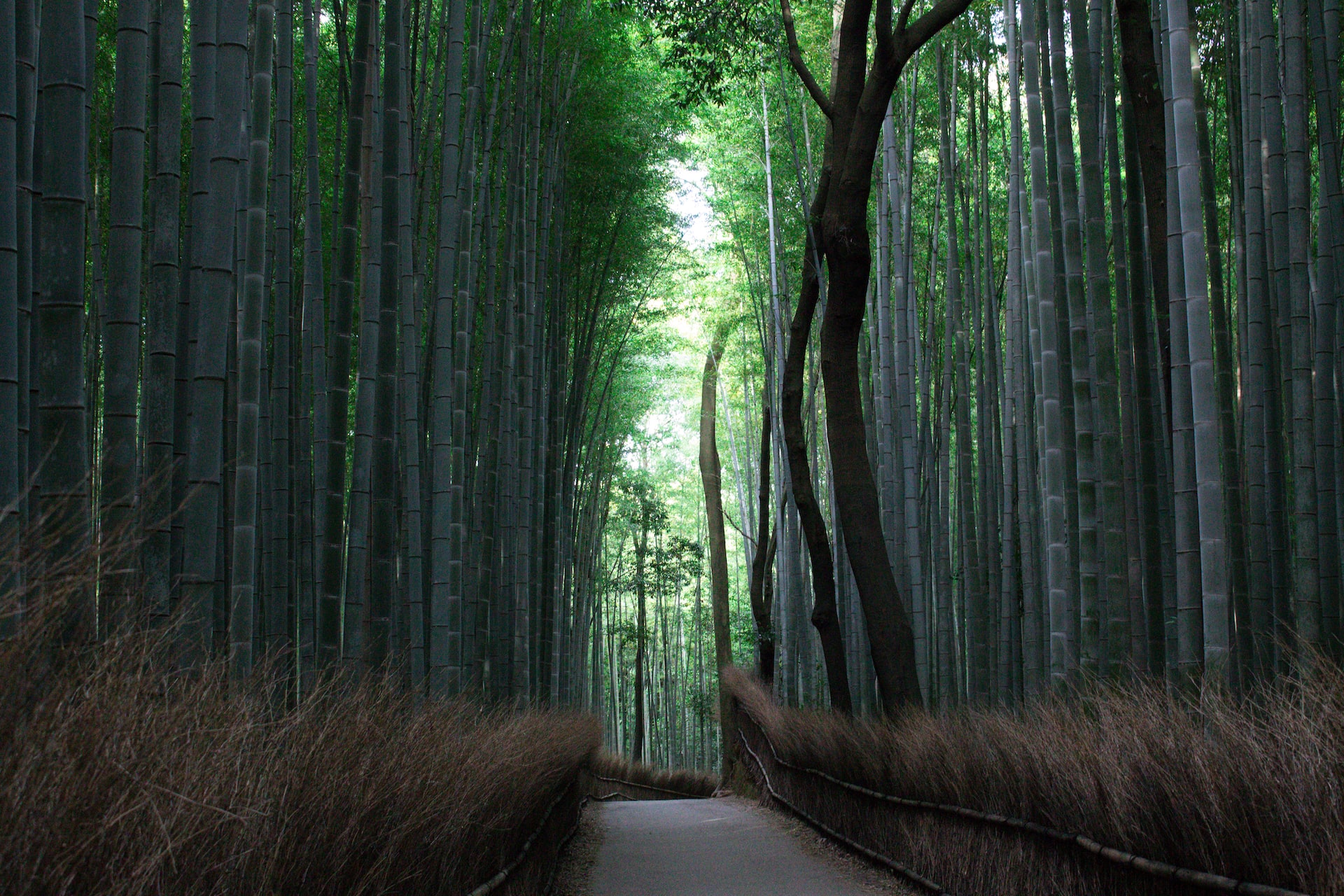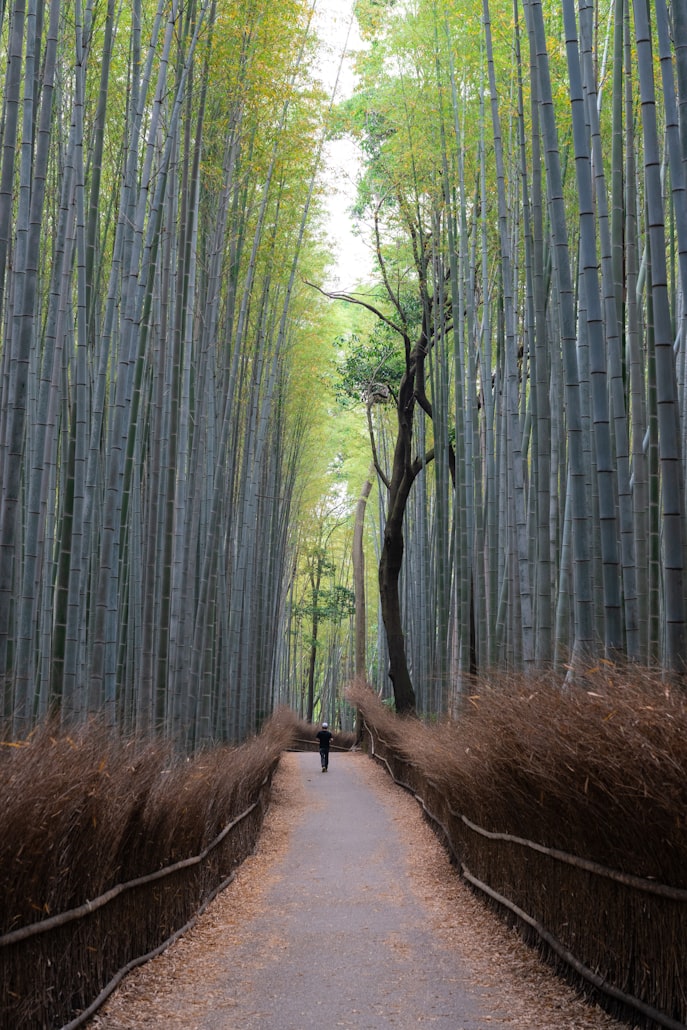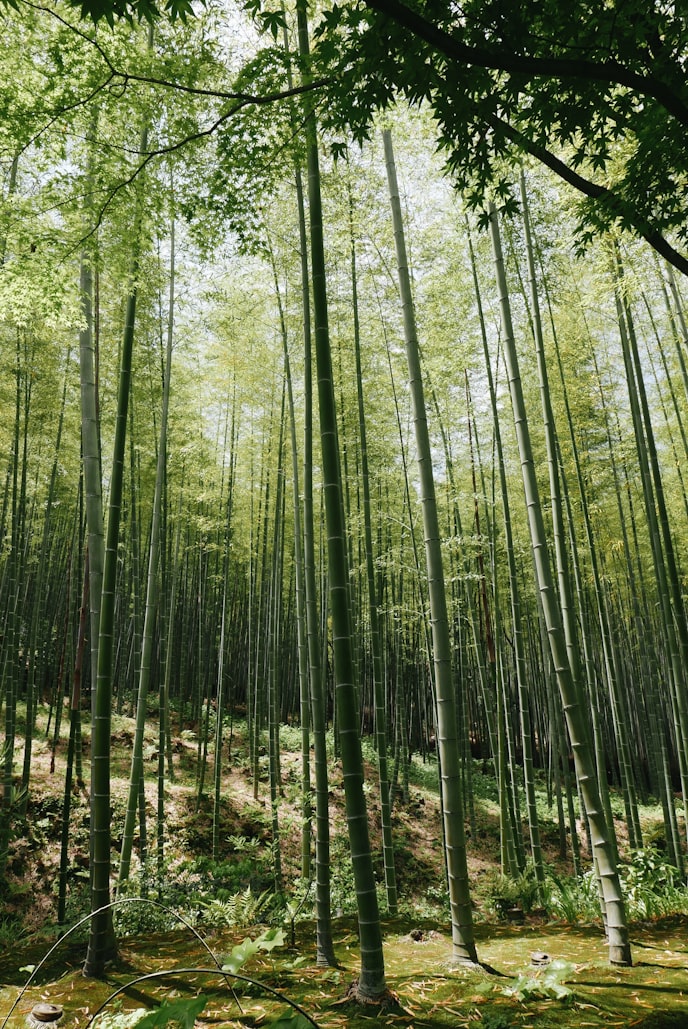Bamboo’s Role in Combatting Climate Change: How This Versatile Plant Can Help Fight Global Warming

Bamboo is often hailed as a sustainable and eco-friendly material, and for good reason. Not only is bamboo a fast-growing plant that can be harvested every few years, making it a renewable resource, but it is also believed to have the ability to absorb carbon dioxide from the atmosphere.
In this post, we’ll take a closer look at how bamboo can be used as a tool in the fight against climate change.
The Rapid Growth of Bamboo
One major advantage of bamboo is its ability to grow quickly. While it can take decades for trees to reach maturity, bamboo can grow up to several feet per day. This rapid growth means that it can be harvested more frequently, reducing the need to cut down trees for wood products.
In addition to being a renewable resource, the fast growth of bamboo also means that it can absorb more carbon dioxide from the atmosphere. This makes it a potential tool in the fight against climate change, as carbon dioxide is a major contributor to global warming.
Bamboo’s Ability to Absorb Carbon Dioxide
Bamboo has a unique ability to absorb carbon dioxide from the atmosphere. When bamboo grows, it absorbs carbon dioxide through photosynthesis, converting it into biomass. This process removes carbon dioxide from the atmosphere and stores it in the plant.
In fact, bamboo is believed to be one of the most efficient carbon sinks on the planet. Some research suggests that bamboo can absorb up to 12 times more carbon dioxide per hectare per year than trees, making it a powerful tool in the fight against climate change.
In addition to its ability to absorb carbon dioxide, bamboo also has a relatively low carbon footprint compared to other materials. The production of bamboo products generates significantly lower greenhouse gas emissions than the production of traditional materials such as wood and concrete.
Using Bamboo to Combat Climate Change
So, how can we use bamboo to combat climate change? One way is by using bamboo products instead of traditional materials. For example, using bamboo furniture and home decor instead of wood products can help to reduce the demand for wood and reduce greenhouse gas emissions.
Bamboo is also used in the production of building materials, including flooring and walls. Using bamboo-based building materials instead of traditional materials can help to reduce greenhouse gas emissions and support the fight against climate change.
In addition to using bamboo products, we can also plant bamboo forests as a way to absorb carbon dioxide from the atmosphere. Bamboo forests are a type of afforestation, which is the process of planting trees and other plants in areas where there was previously no forest.
Planting bamboo forests can help to absorb carbon dioxide from the atmosphere and reduce the risk of soil erosion. It can also provide a habitat for wildlife and support local communities through the production of bamboo products.
In conclusion, bamboo is a versatile and eco-friendly material that has the potential to play a significant role in the fight against climate change. Its ability to absorb carbon dioxide and low carbon footprint make it a powerful tool in the fight against global warming. By using bamboo products and planting bamboo forests, we can help to reduce greenhouse gas emissions and support the fight against climate change.








